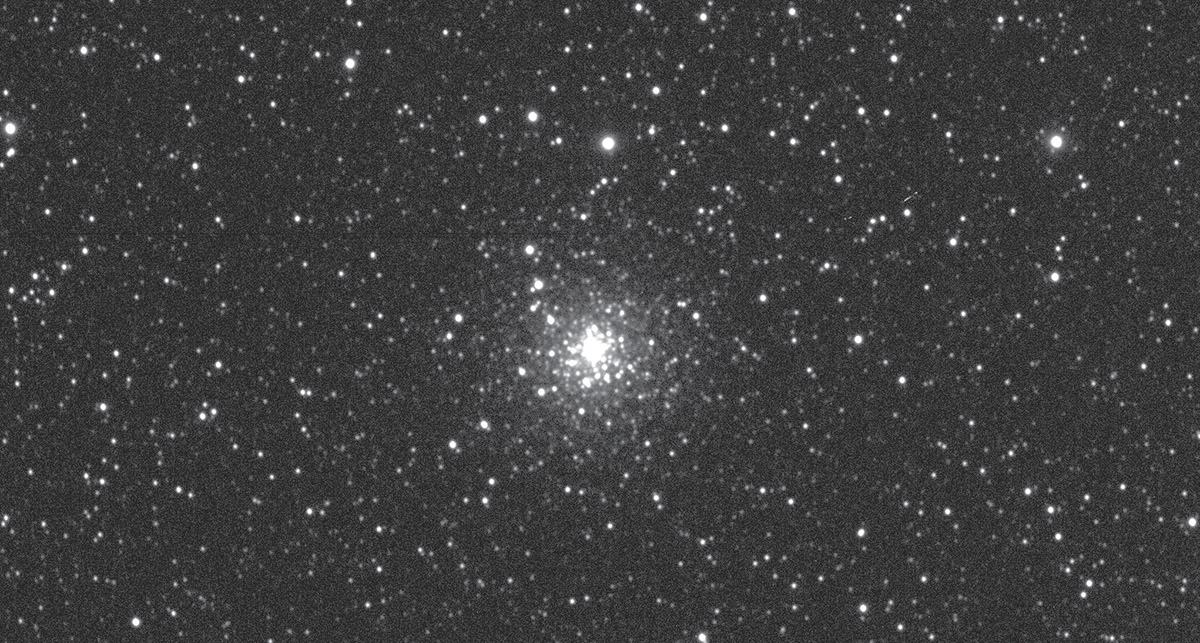hale to the stars I By Alan Hale
Our Solar System in July
O
ur solar system’s two largest worlds, Jupiter and Saturn, dominate the nighttime skies during July, as they rise in the southeast around sunset, are highest above the southern horizon during the hours around midnight, and set in the southwest during dawn. Jupiter, the brighter and larger of the two, is at “opposition,” i.e., directly opposite the sun in the sky, on July 14, and Saturn, which trails Jupiter by about half an hour as they make their nightly trek across the sky, is at opposition six days later. Mars, growing brighter as it draws closer to Earth, rises a little before midnight and is high up in the evening sky when dawn begins. Meanwhile, Venus, which blazed in our evening sky during the first few months of this year, rapidly climbs into our morning sky this month and brilliantly gleams in the east before dawn, where it will remain for the rest of 2020. Our solar system’s other inner world, Mercury, also puts in an appearance during the latter part of July when it can be seen low in the eastern sky during dawn. On the night of July 4, the moon dips into the outer part, or “penumbra,” of Earth’s shadow, and will be in its deepest around 10:30 p.m. This will not be an easy event to detect, but around that time the northern regions of the moon may appear slightly hazier and duskier than they do otherwise.
6
July 2020 • enchantment.coop
The star cluster M70 in Sagittarius, near which this writer discovered Comet HaleBopp on the night of July 22-23, 1995. Courtesy Las Cumbres Observatory and the Earthrise Institute.
During the hours around midnight, this time of year, the constellation of Sagittarius rides highest above our southern horizon. This is in the direction of the center of our galaxy, and numerous clouds of interstellar dust and gas, and many clusters of stars are visible with small telescopes. It was 25 years ago this month, on the nights of July 22-23, 1995, that this writer was examining one such cluster, known as M70, when he noticed a hazy patch of light nearby; that patch of light would soon become known as Comet Hale-Bopp, and grabbed the world’s attention when it shone brightly in Earth’s nighttime skies two years later. It is possible there could be a somewhat bright comet in the nighttime sky to mark the discovery anni-
versary. This comet was discovered this past March by the NEOWISE spacecraft mission; on the anniversary night—at which time it passes closest to Earth, 64 million miles—it will be in our northwestern sky during the evening hours, well to the south-southwest of the “bowl” of the Big Dipper.









